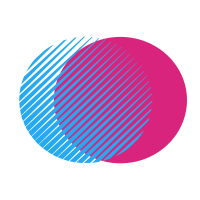The first CAD samples were created in the 70s. They provided an opportunity to automate the solution of similar tasks. In the sewing industry, this was a gradation of patterns (proportional change in the details of patterns in accordance with the size range). Now the set of functions has become much wider: it became possible to work with color, texture of the material, calculate the optimal layout of parts on fabric, etc.
Most CAD developers create programs for working with 2D mockups. In recent years, several new programs have appeared at once that allow you to create and edit models in 3D format immediately on a virtual mannequin. The main audience for this software is seamstresses and amateur fashion designers with only basic design knowledge. CAD data can still hardly satisfy the requests of specialists due to insufficiently developed functionality.
Modern programs for building patterns can be used both at home to create individual models and small collections, and at a sewing enterprise. The use of sewing CAD systems has a number of significant advantages over the manual process. First of all, this is a noticeable increase in labor productivity (more than twofold according to the data of domestic developers).
Thanks to design programs, it is possible to optimize working conditions and results:
- less time is spent on product development;
- the possibility of errors in calculations and other mistakes made due to the “human factor” is excluded;
- the ability to reduce the consumption of material for sewing due to the rational layout of patterns.
Depending on the type of software and the task at hand, the patterns created using design programs can be printed on a regular printer or professional plotter. The digital layout is saved in the computer memory, which allows you to create your own virtual library of models.

